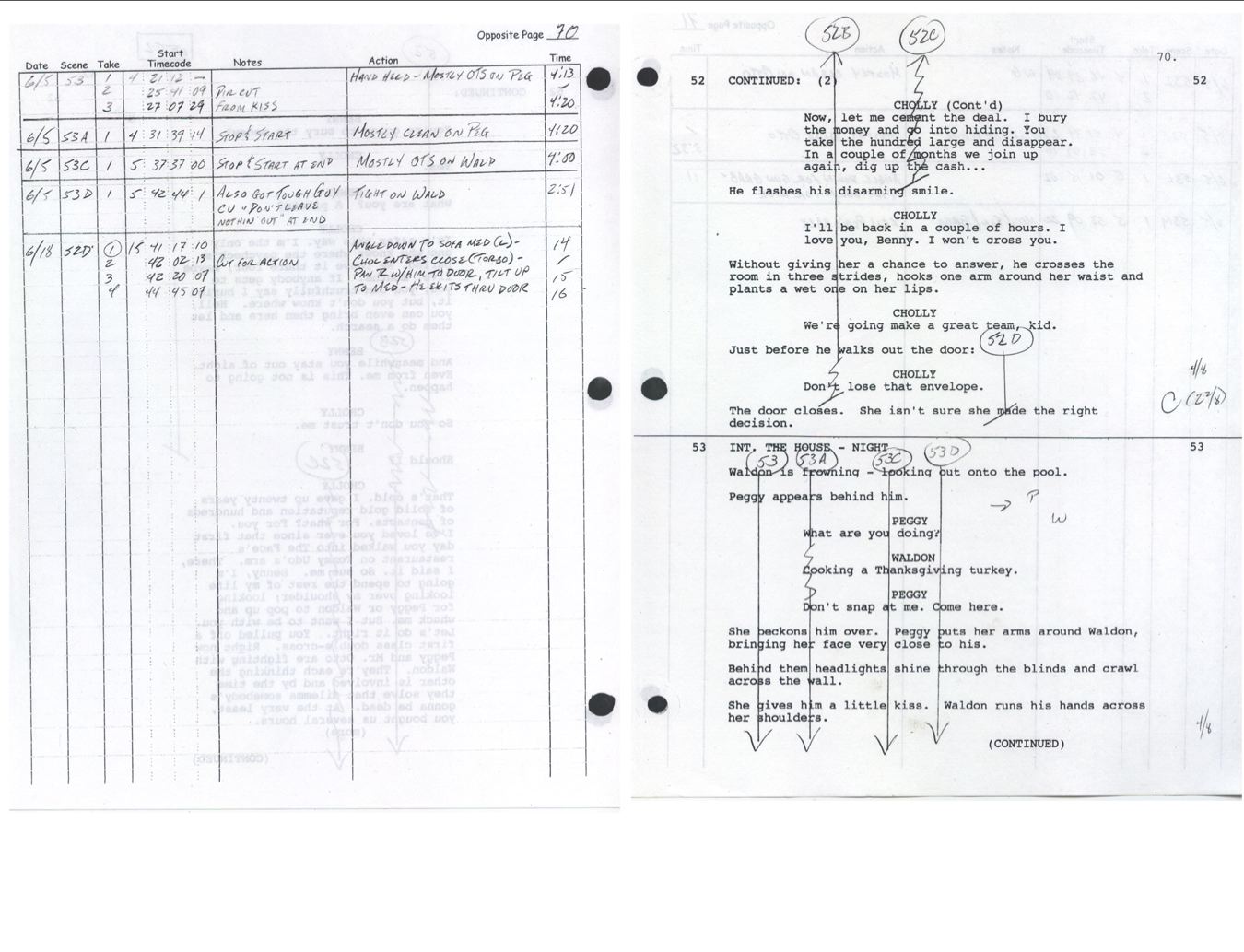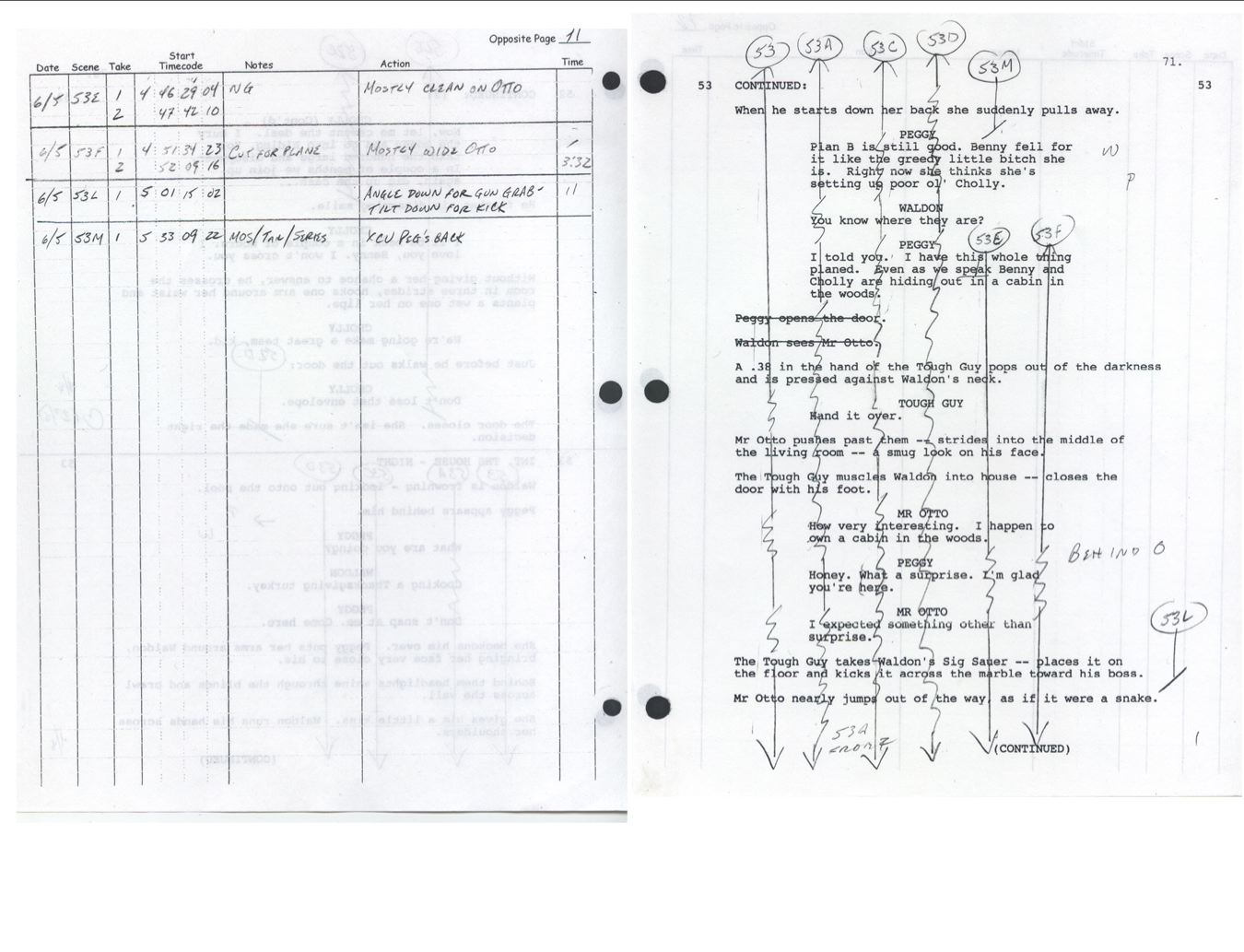Hi, I'm still looking for a scripty for my short, and I know there are a few here who feel that that is a vital position which should be paid. Yet others I know feel you can find someone who isn't necessarily experienced and will work as a scripty unpaid or for low pay and still do a good job.
So, the thing is I've never worked with a scripty before - so I am not sure what to look for. I'm getting some bites as I'm looking for one, but regardless of whether you think they should be experienced and paid or not, what should I want? I'm leaning toward getting someone who's super organized and detail-oriented with some related experience (not as scripty) or who has just started out as scripty, but before I proceed and contact these people, I want to know what I should expect. All I know is that they keep track of continuity and timing and coverage - but not sure how they do that. I want to at least sound like I know what I am doing and what I want, since I'm producing and directing (LOL). I've looked on the internet and only found cursory descriptions of a scripty's responsibilities.
Also, a filmmaker I know had shared with me some documents from a shoot - these are samples of what she got from her scripty on a project - and I can't make any sense out of them! And I don't mean it's because of the handwriting - I'm confused about the lines and arrows and numbering - all I know is it's supposed to show which shots covered certain parts of the script but my brain can't seem to decipher it. Can anyone tell me how to read these?


So, the thing is I've never worked with a scripty before - so I am not sure what to look for. I'm getting some bites as I'm looking for one, but regardless of whether you think they should be experienced and paid or not, what should I want? I'm leaning toward getting someone who's super organized and detail-oriented with some related experience (not as scripty) or who has just started out as scripty, but before I proceed and contact these people, I want to know what I should expect. All I know is that they keep track of continuity and timing and coverage - but not sure how they do that. I want to at least sound like I know what I am doing and what I want, since I'm producing and directing (LOL). I've looked on the internet and only found cursory descriptions of a scripty's responsibilities.
Also, a filmmaker I know had shared with me some documents from a shoot - these are samples of what she got from her scripty on a project - and I can't make any sense out of them! And I don't mean it's because of the handwriting - I'm confused about the lines and arrows and numbering - all I know is it's supposed to show which shots covered certain parts of the script but my brain can't seem to decipher it. Can anyone tell me how to read these?


Last edited:





